
Need a little extra room for clothes storage in your home? Learn about the average cost to build a closet, some cost factors to consider, and more.
Makeover your walls, transform your space


If you’re ready to refresh your existing walls, covering them can instantly transform the overall look of a room. What’s more, covering your walls can often be a home improvement project that you can tackle yourself. You can use various wall coverings to hide damage or imperfections to your walls, rather than tearing them down and starting fresh. Or, simply use them to give ordinary walls a facelift. Use this guide to browse through different wall covering ideas to switch up the aesthetic in your space.
Wood has been used for centuries as a wall covering, either for purely decorative purposes or for utilitarian reasons. For an extensive list, check out our Wall Paneling Ideas guide, but here are a few wood paneling options to consider.
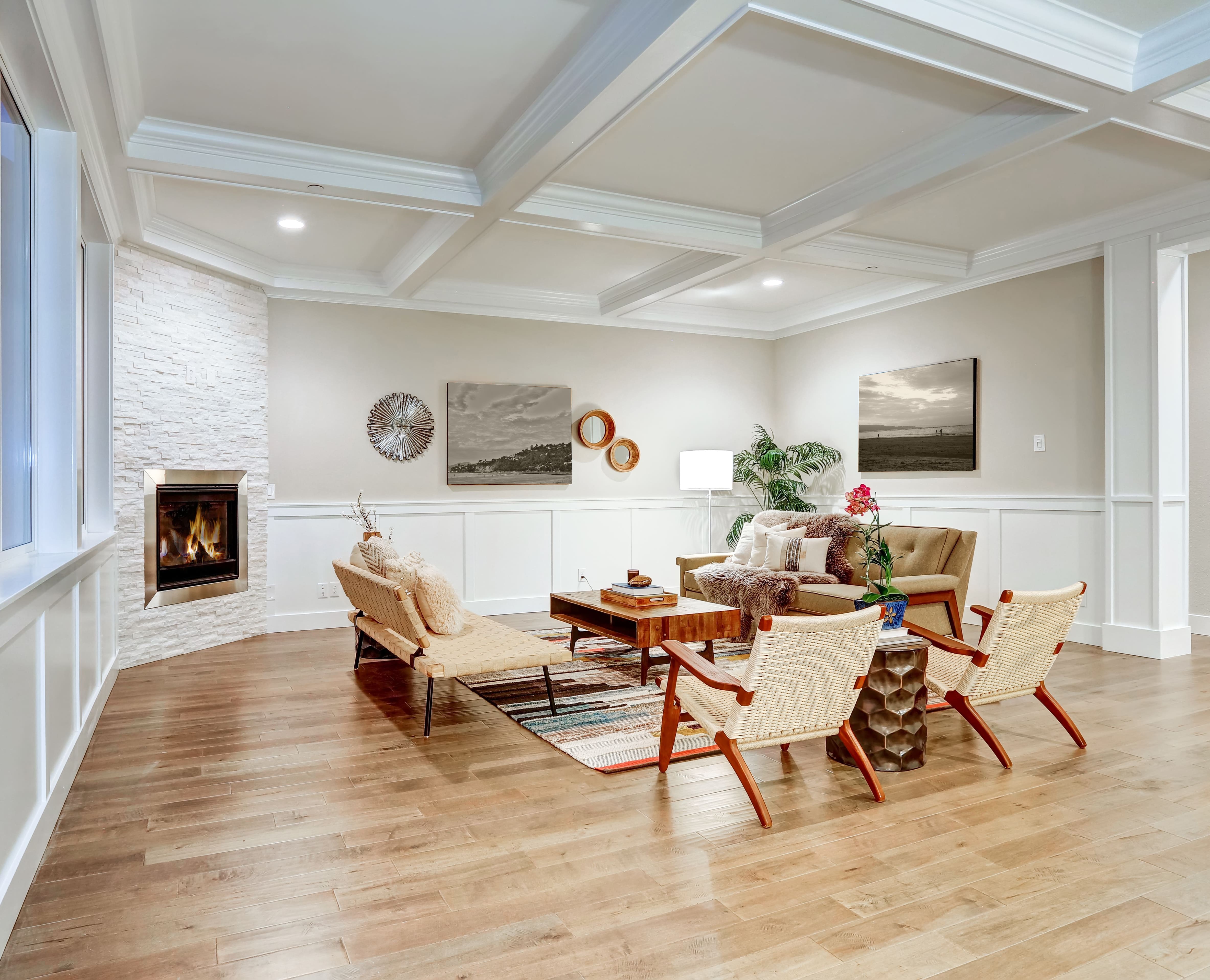
Wainscoting is a type of decorative wood paneling, typically affixed to the lower part of a wall, that protects the wall’s surface and provides a polished look to the room. Wainscoting varies in style, but traditional wainscoting is composed of a chair rail at the top, baseboard at the bottom, and raised panels in the middle forming a rectangle or square.
While the millwork is oftentimes painted over, it can be stained to highlight the natural look of the wood. Wainscoting works well in living rooms, dining rooms, and adorning the stairway, but can elevate the aesthetic of any room in the home.

A budget-friendly way to cover the walls (while still adding a farmhouse chic look to the room) is to attach pallet planks to the drywall. You can also use reclaimed wood or barn wood to get the same effect. Use this step-by-step guide to learn how to build a pallet wall yourself to instantly upgrade a full wall or section of a wall in your home.

This wall covering isn’t your grandmother’s wood paneling. Vertical wood planks with gray undertones make this space look effortlessly cool and sophisticated. The light-colored furniture and bright surrounding walls offset the dark wood accent wall to bring balance and modernity to the space.
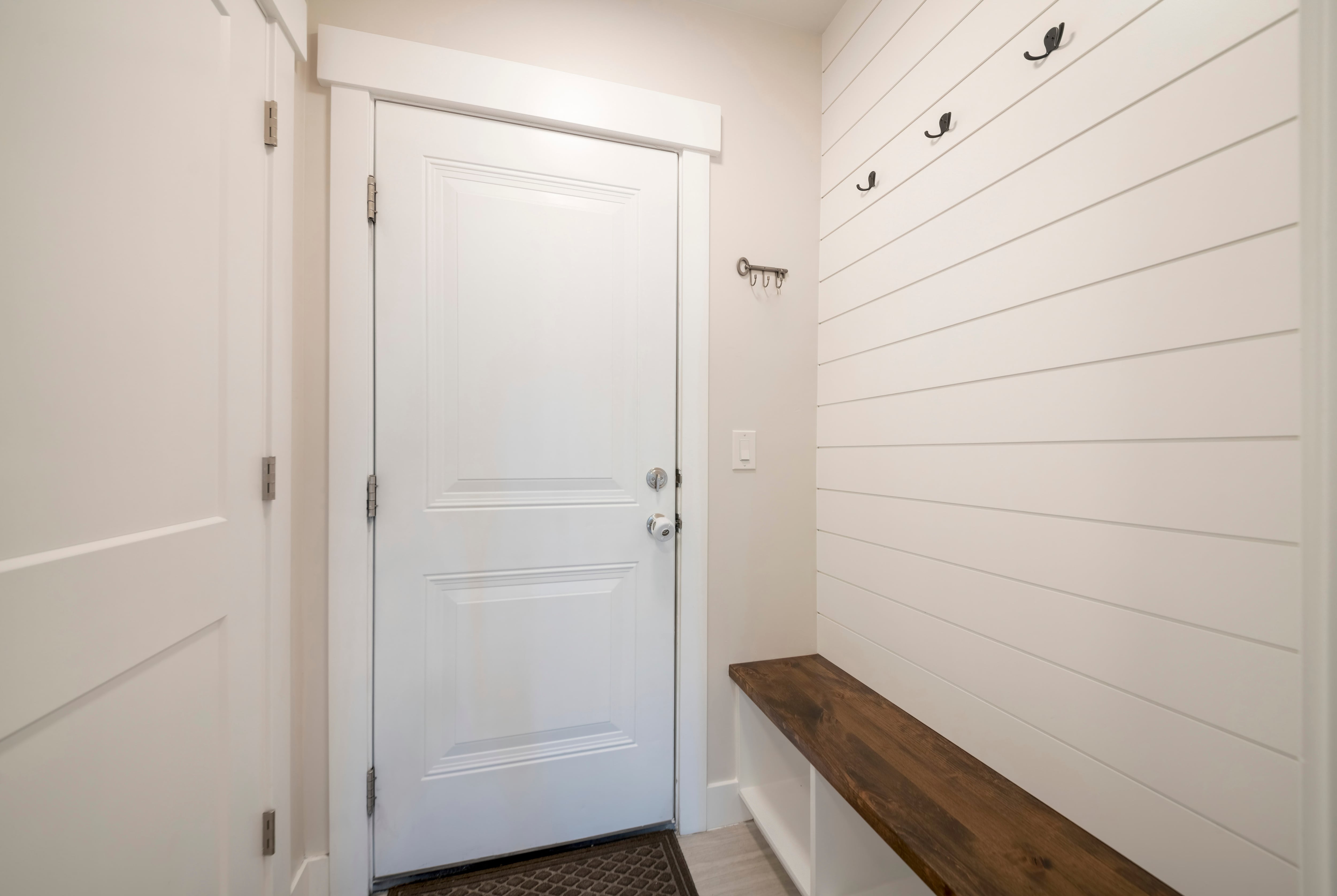
Create a room that Joanna Gaines would put her seal of approval on. This mudroom features an off-white shiplap wall for an eye-catching point of interest to greet you as you hang up your coat after a long day. Placing the planks horizontally is a smart design idea in a mudroom, as it makes the space feel longer. Compared to drywall, shiplap planks are more resistant to scuffs and dings, so you won’t have to worry about your jacket’s zipper or button nicking the wall on those mornings when you’re in a rush to get out the door.
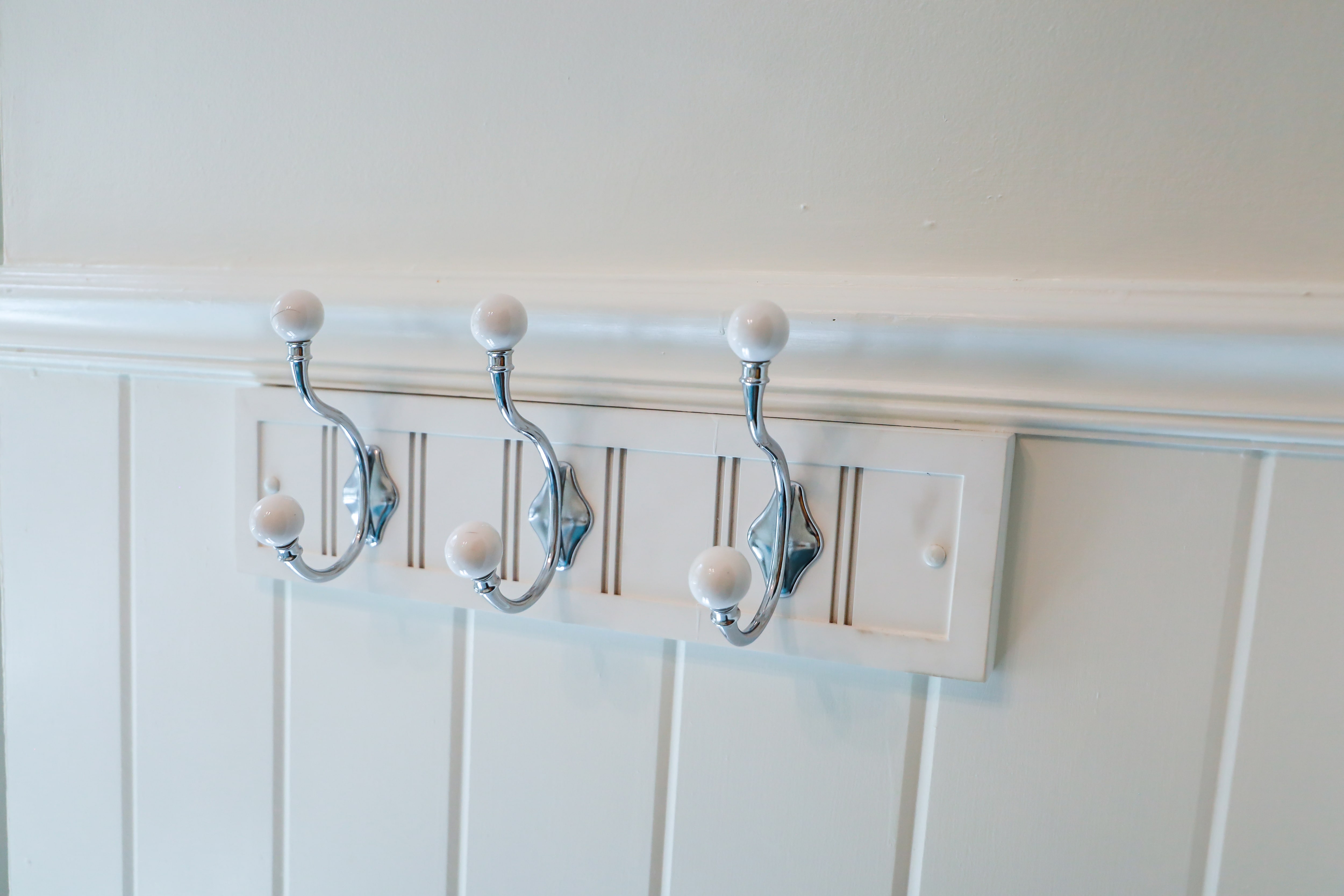
Beadboard is another type of wood paneling installed on the lower part of a wall that features vertical grooves between each plank. It can be used anywhere in the home, but works particularly well in bathrooms as an easy way to upgrade the look of the room. Paint the drywall a contrasting tone, or keep it neutral to add subtle depth and dimension to the space.
Use paint as a tool to cover imperfections in the wall or to customize the space to your liking.
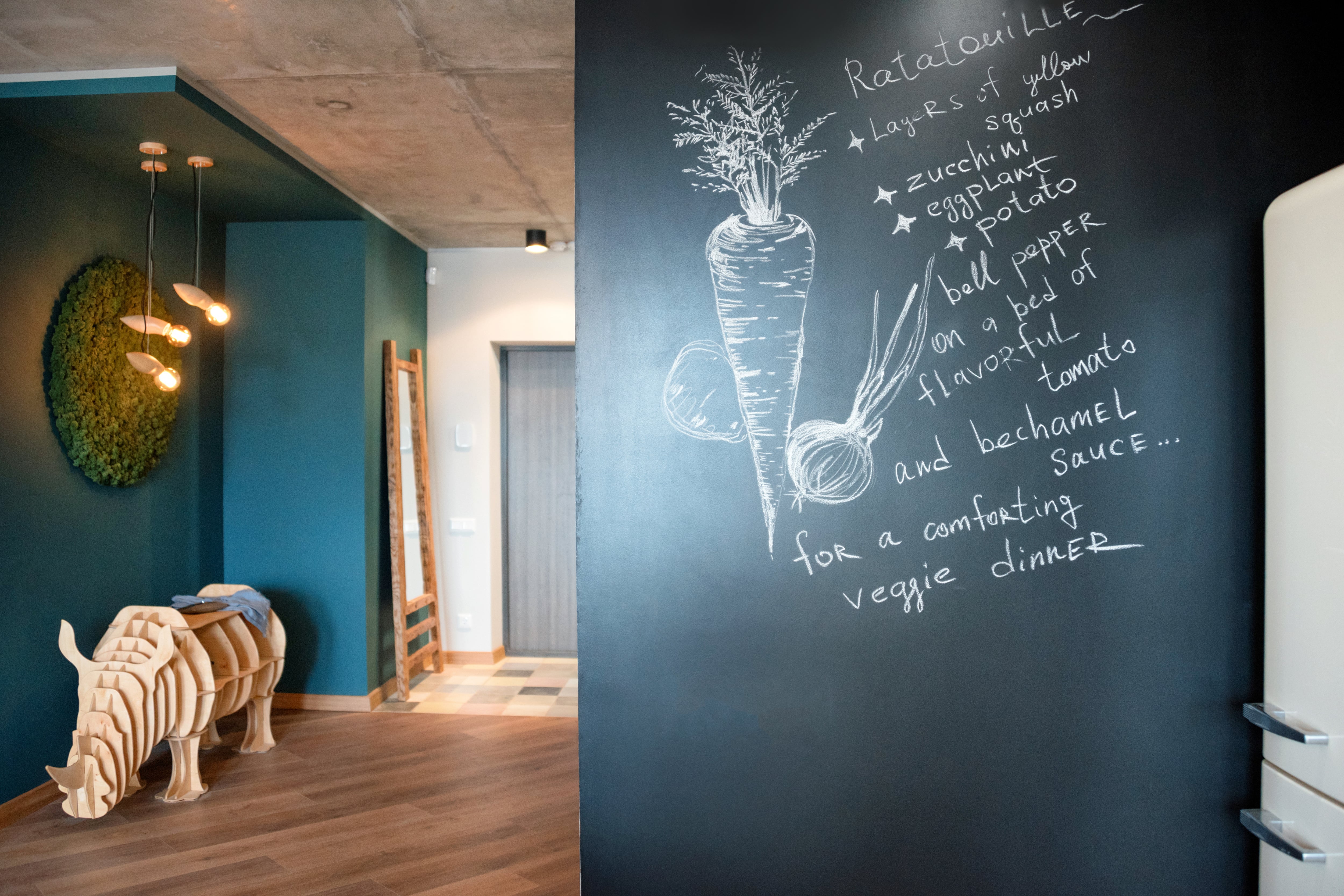
Cover a feature wall in the home with chalkboard paint to create an interactive surface within the space. Keep it blank so the black paint can create a dramatic effect on the overall appearance of the room. Alternatively, you can use it as a blank canvas to doodle on, make lists to stay organized, or write notes to your loved ones to read throughout the day.
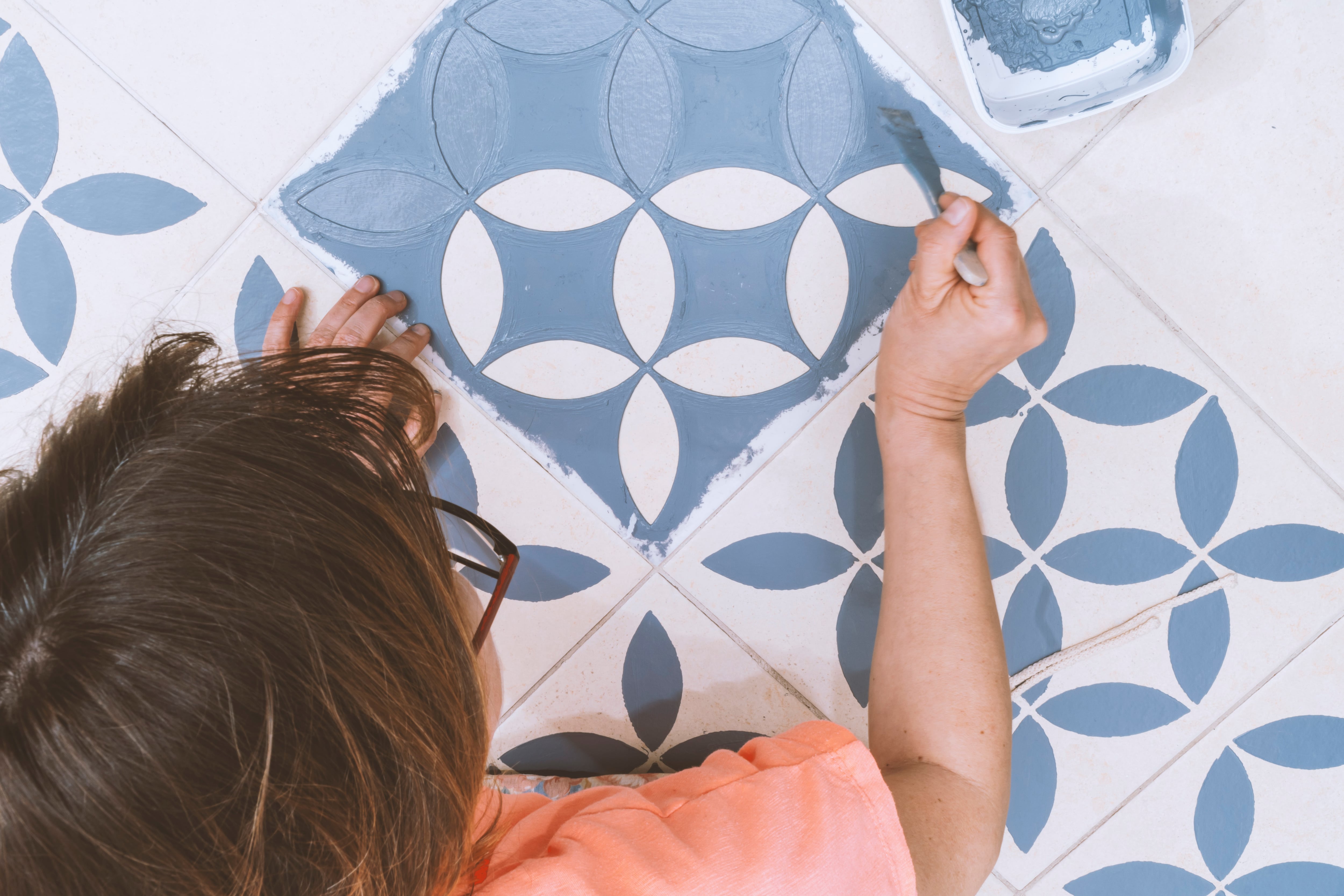
Identify problem areas on the surface of your walls, and use stencils as a way to distract from the imperfections. You can find a variety of different types of stencils—some can be used to make a pattern that covers the entire wall, and others can be used on individual areas of the surface.
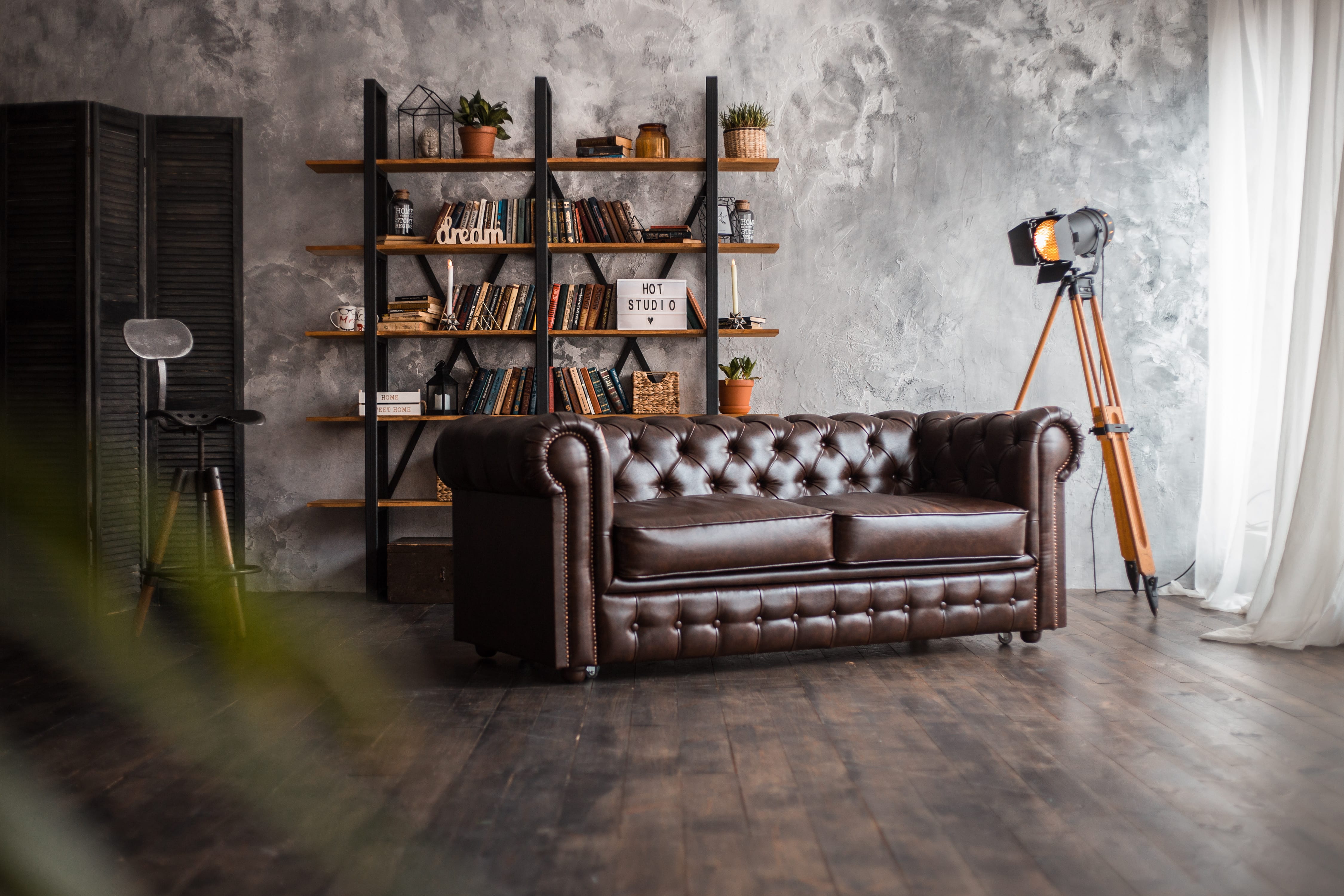
Textured paint is a versatile way to cover a wall, and can be used to hide imperfections or simply to create a unique accent wall. There are different ways to get the look, such as using an additive or mixing silica sand into the paint or by opting for textured paint that can be applied directly to the wall with a brush and trough. Remember to choose a room or space that isn’t trafficked as often, as textured paint requires more upkeep and can be difficult to replace.
From fabric to mirrors to faux brick, check out some other ways to cover your walls—outside of the more traditional options.
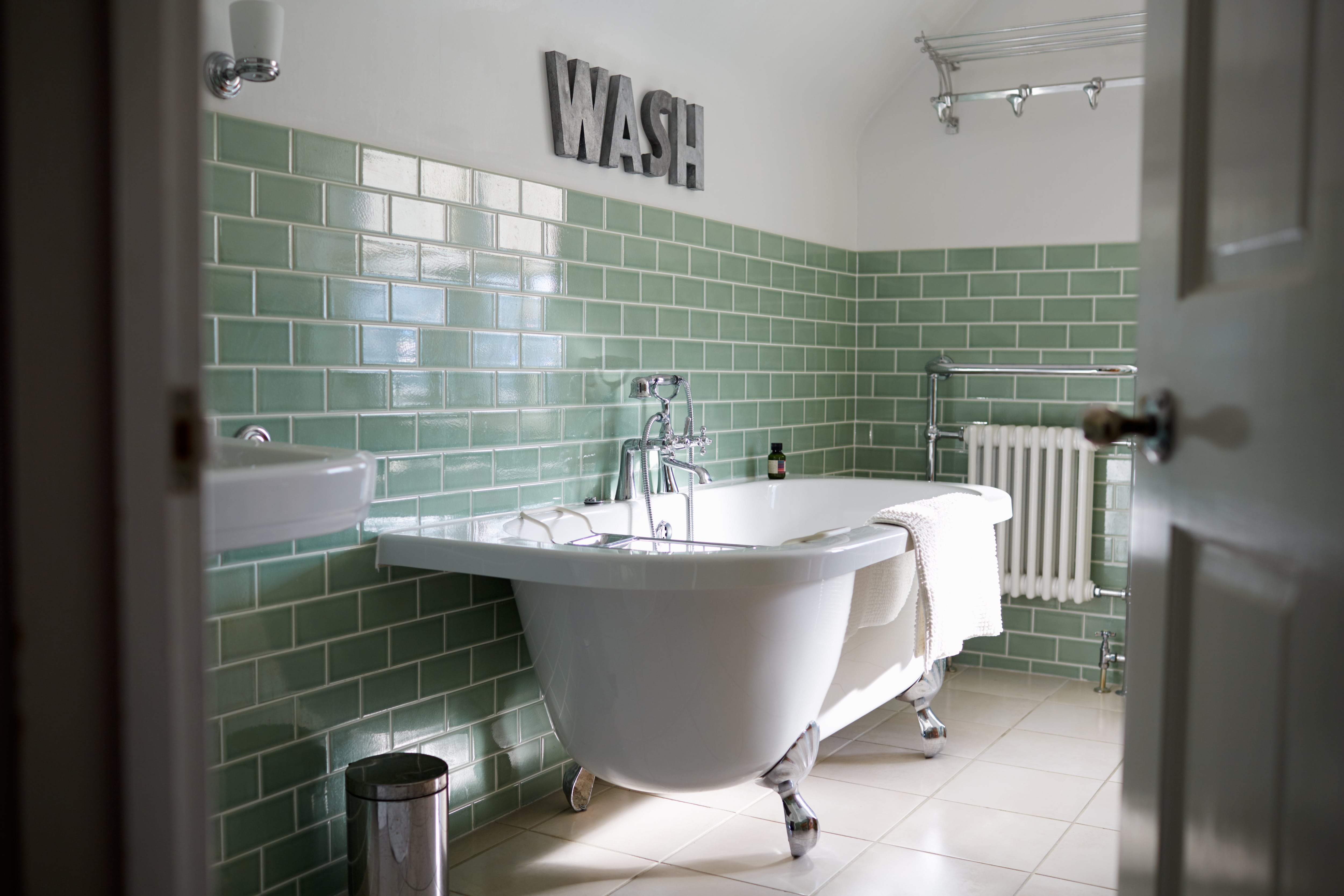
Covering a wall with tiles gives a smooth and clean appearance while increasing the strength of the surface. While you can tile any wall in the home, using them in bathrooms and kitchens is a particularly good idea because they’re moisture-resistant, easy to clean, and durable. Opt for a timeless neutral tile to make the space feel larger. Or, use a trendy color, like this seafoam green, to bring color into the space.
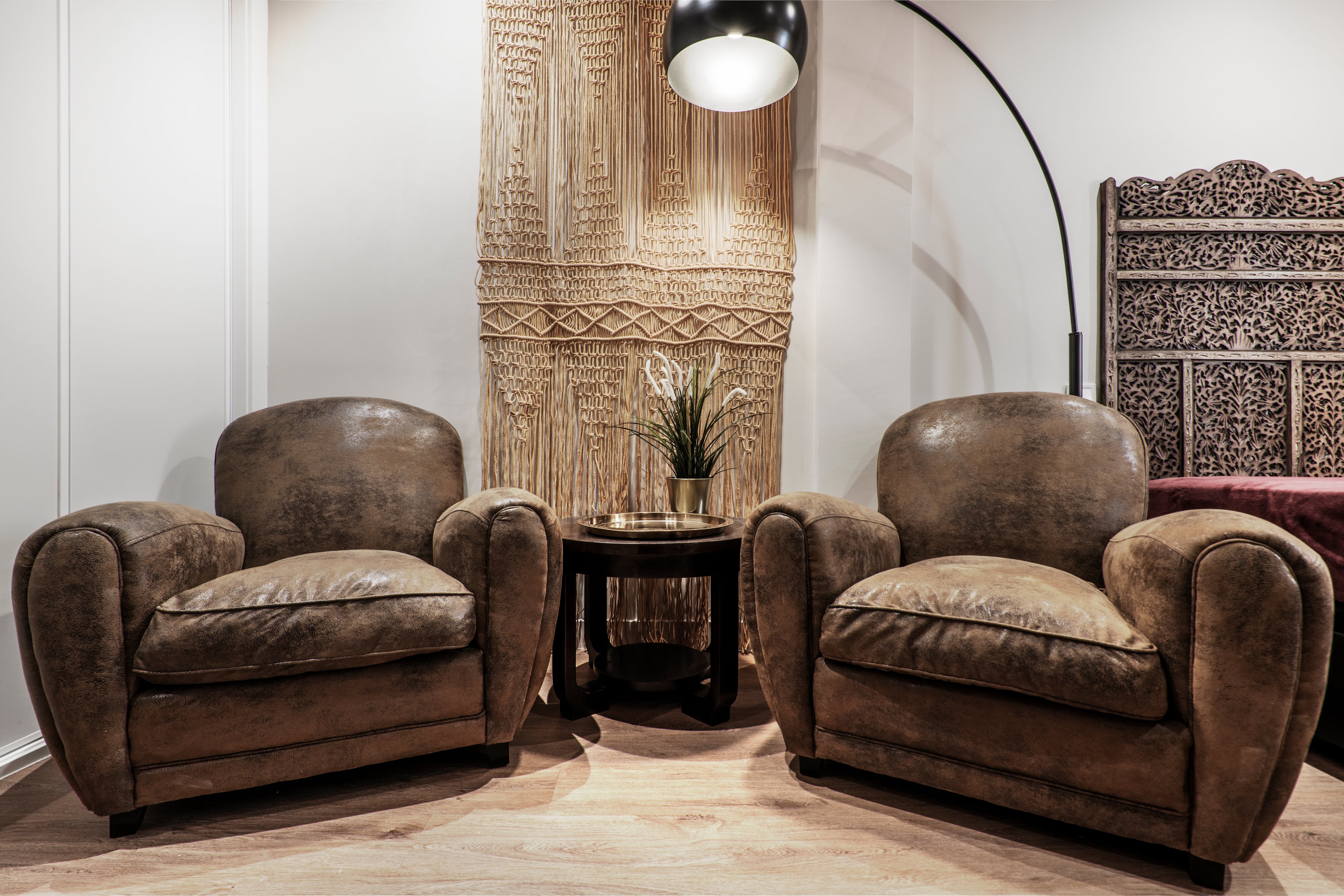
Use textiles to cover a damaged area, or opt for a large piece of fabric to extend the length of the entire wall. This macrame tapestry brings a boho-chic vibe to the space and complements the leather accent chairs to serve as a decorative piece in the center of the room.

Visually interesting and functional at the same time—fabric wall panels is another unique wall covering to consider. While using fabric on the walls instantly adds texture and dimension to the space, it also can better soundproof the room.
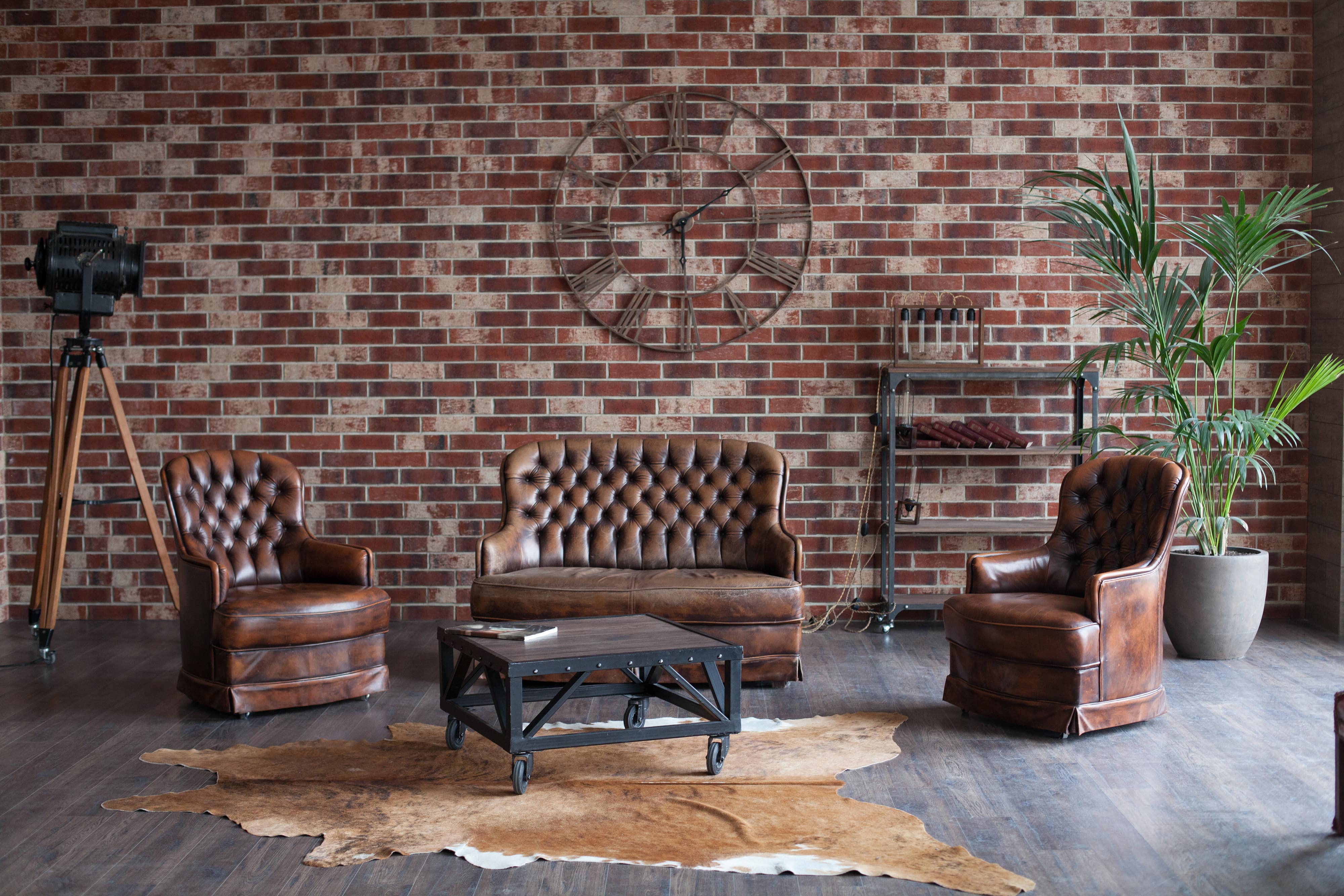
Bring warmth and coziness into the space by covering the walls with faux brick. Using faux brick wall panels is a popular and versatile wall covering choice, as they’re lightweight, cost-effective, and easy to install. Remember, you can also get a similar look by choosing faux brick peel-and-stick wallpaper.
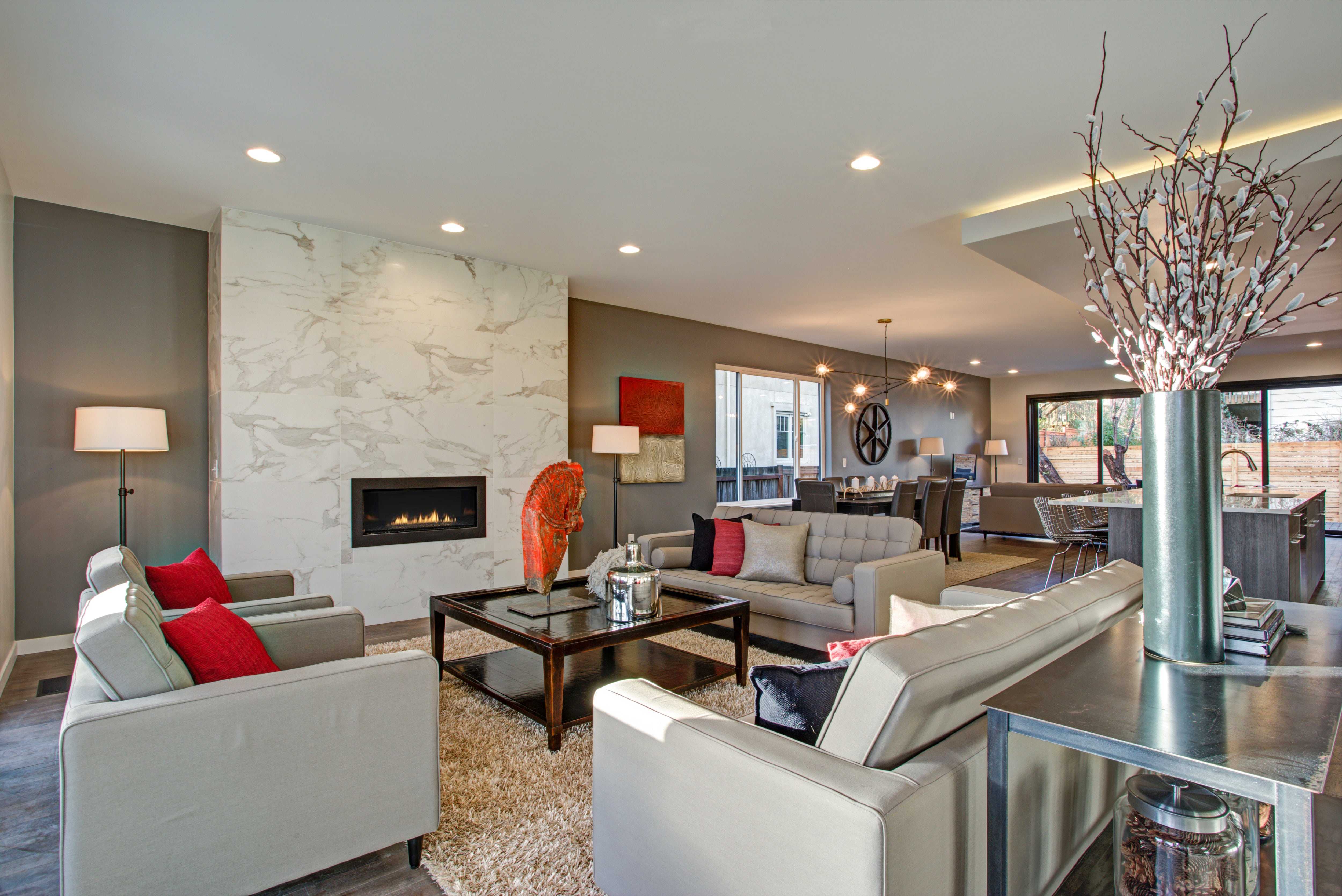
Marble brings luxury and elegance to any room, and works with a variety of interior design styles, such as transitional, modern farmhouse, and contemporary. What’s more, you can find lightweight marble panels to hang on the wall for an easier to install version that still brings natural beauty into the space. Hang it on a full wall for a seamless appearance, or place it on a central protruding area, like this fireplace wall, to provide an eye-catching focal point.

3D panels can transform your walls and take the space from ordinary to original. These white geometric patterned wall panels are an alternative to traditional drywall to bring texture, customization, and uniqueness to your home.
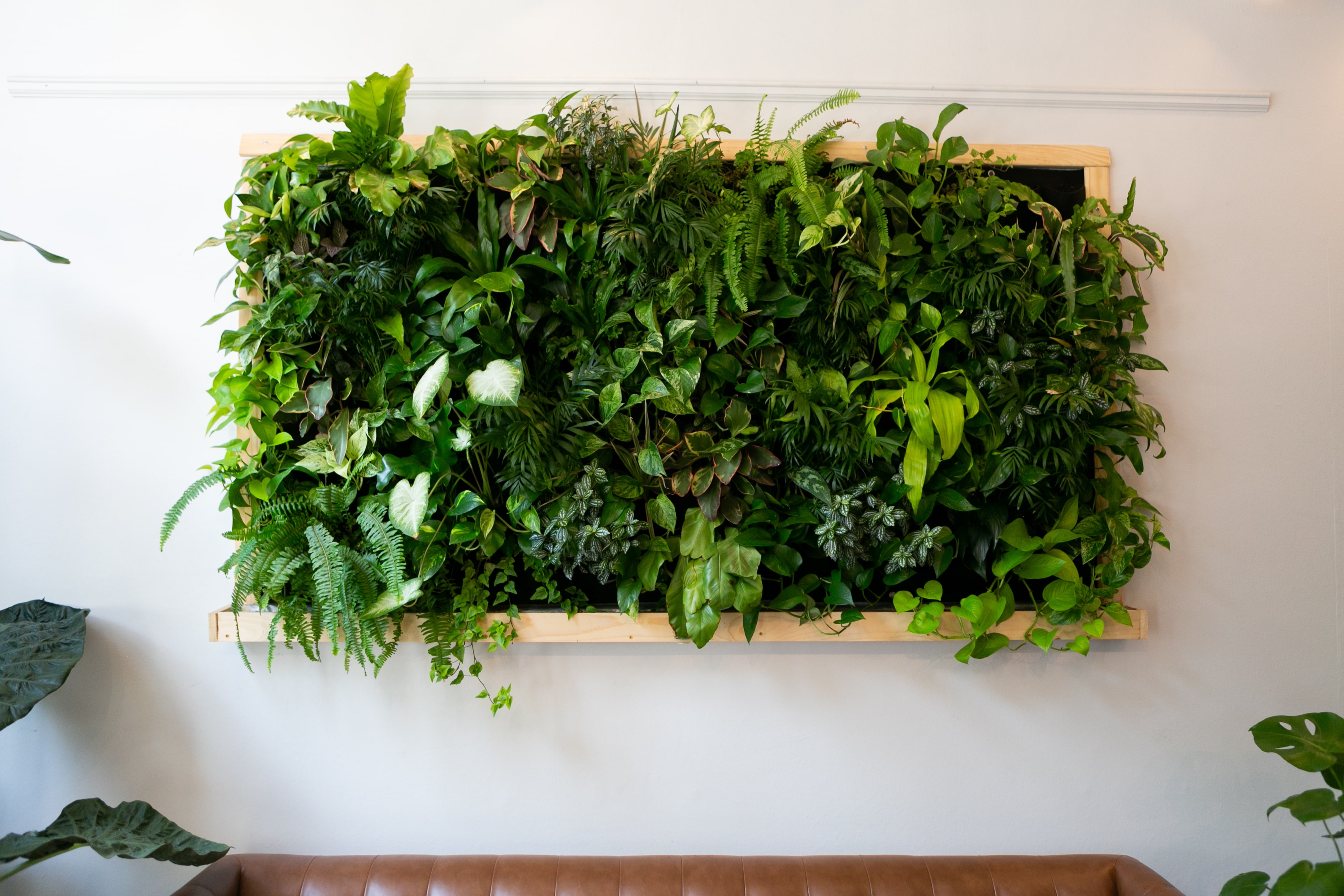
Bring your walls to life by designating a plant wall to feature in your home. This living wall creates an ecosystem in your home that you can enjoy every time you pass through the area.
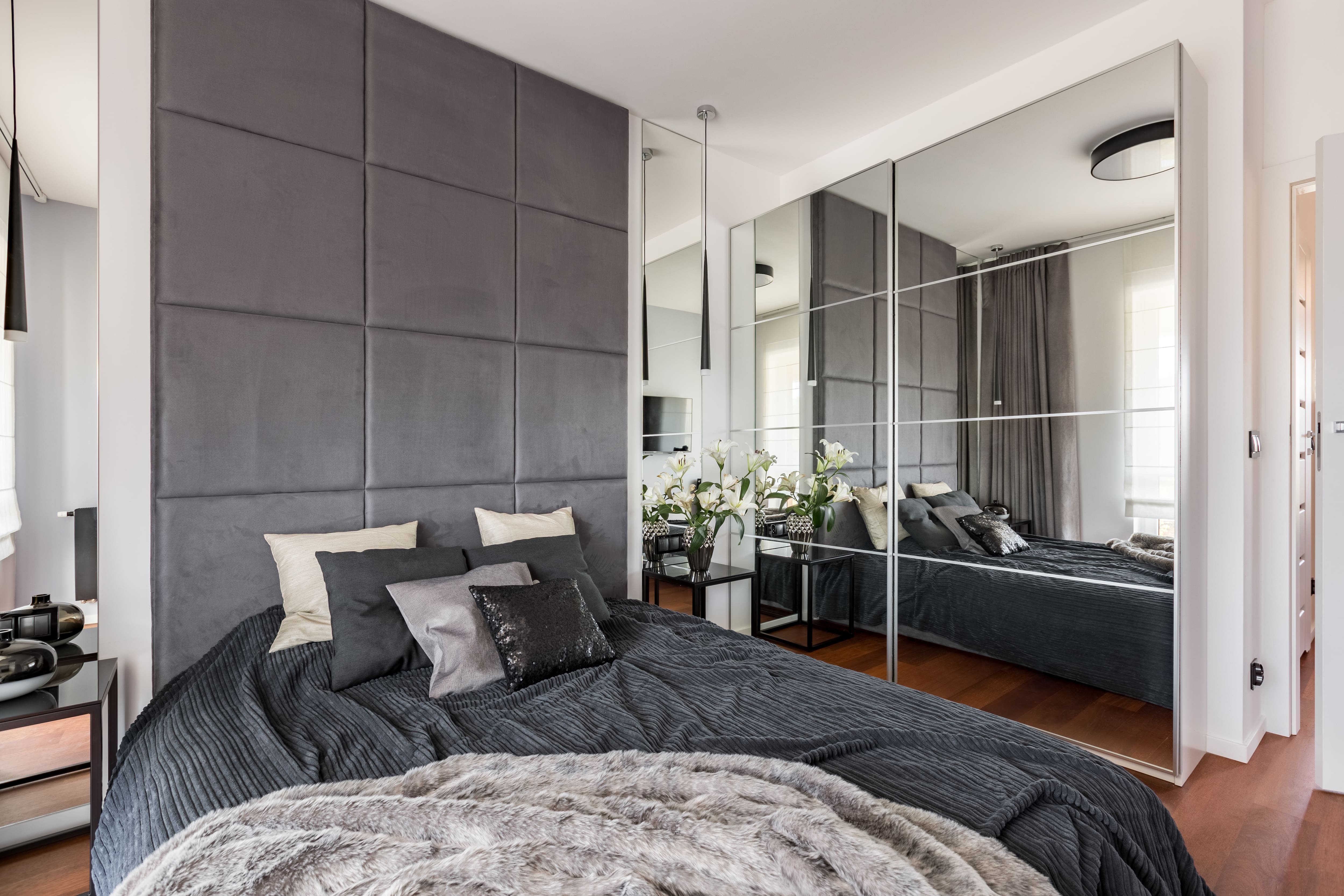
A tried-and-true trick used by interior designers to make a room feel larger is to add a mirror to a wall. Wall-mounted mirrors can cover up imperfections while making the space feel more expansive than it actually is.
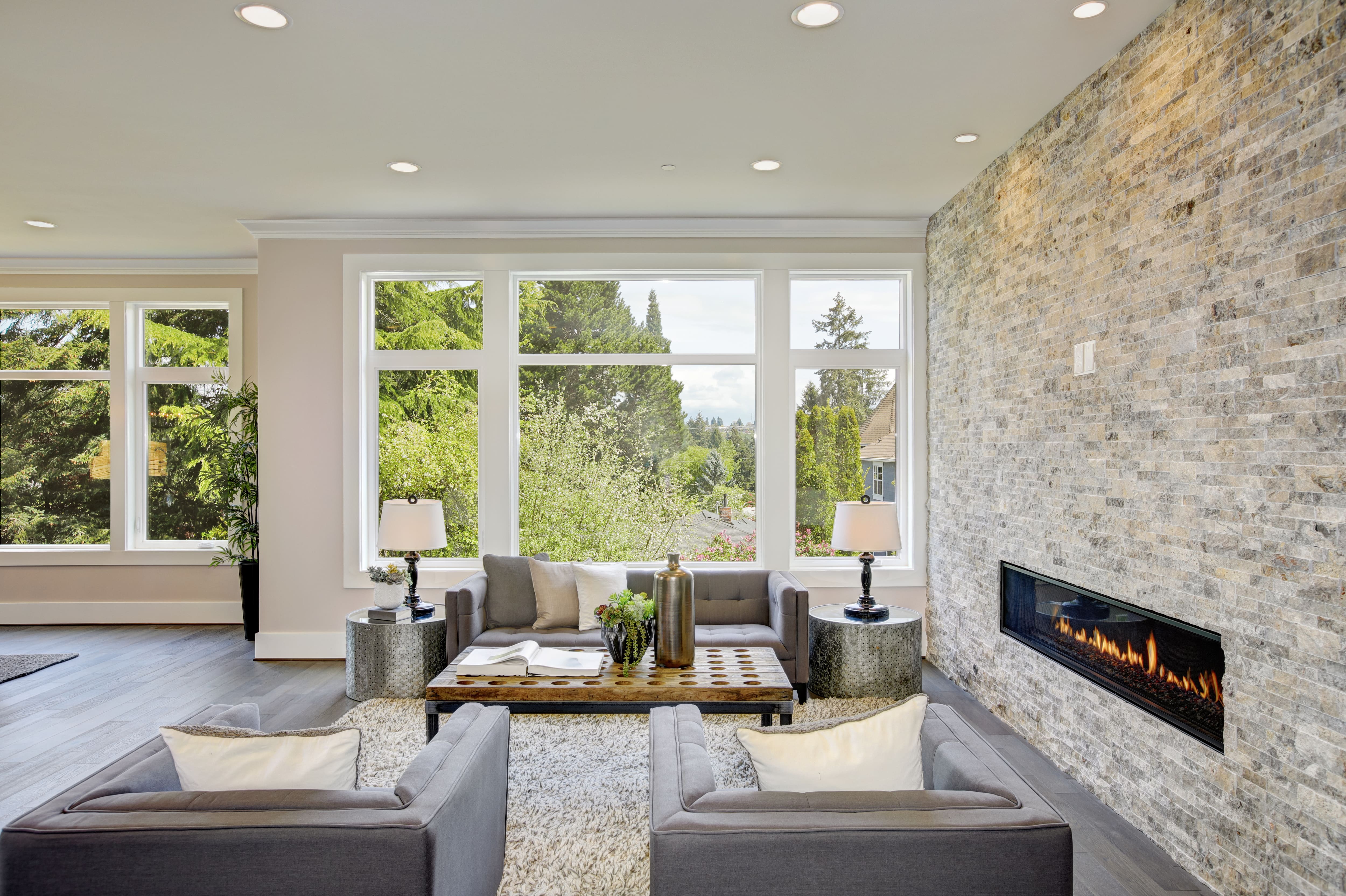
Cover your wall with natural stone to create a soothing atmosphere within your home. The floor-to-ceiling stonework in this space makes the wall a focal point.
From wallpaper to decals to murals, here are some different types of wall coverings you can apply over your existing walls.

Have a favorite photograph that you can’t get enough of? Consider blowing it up and printing it into a full-sized mural, so you can relive the moment that picture was taken whenever you walk into the room. There are various online retailers that specialize in turning personal photos into removable wall murals, so you can have a one-of-a-kind piece of art blown up to life-size proportions.
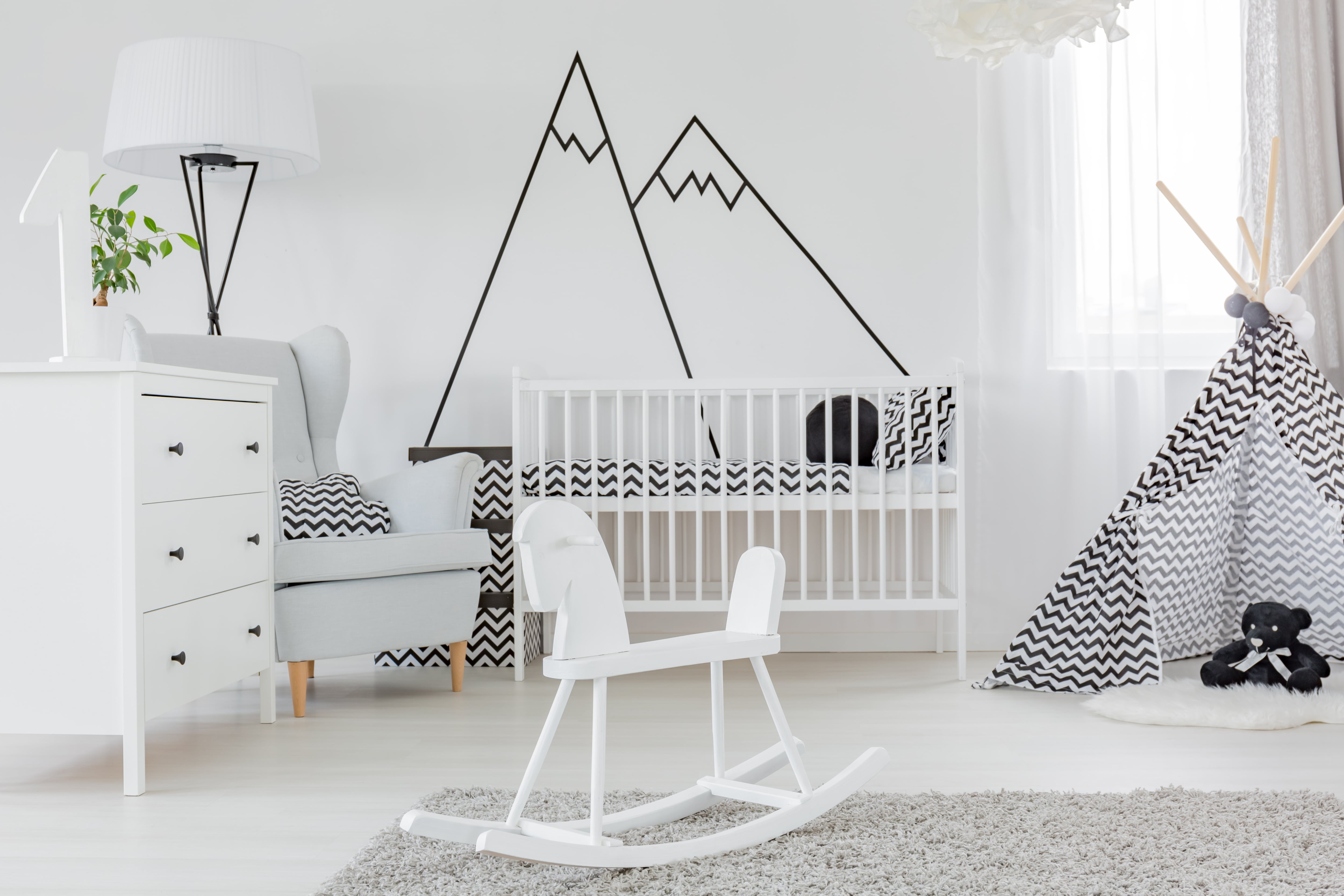
Another wall covering option to consider are peel-and-stick decals. While this won’t cover imperfections on an entire wall, they are an easy way to create a focal point within the room that shows off your personal style. You can choose from endless style options to find the perfect complement to your interior. The best part? No need to fumble with glue, as most of them are self-adhesive, so they can be easily swapped to fit your aesthetic.
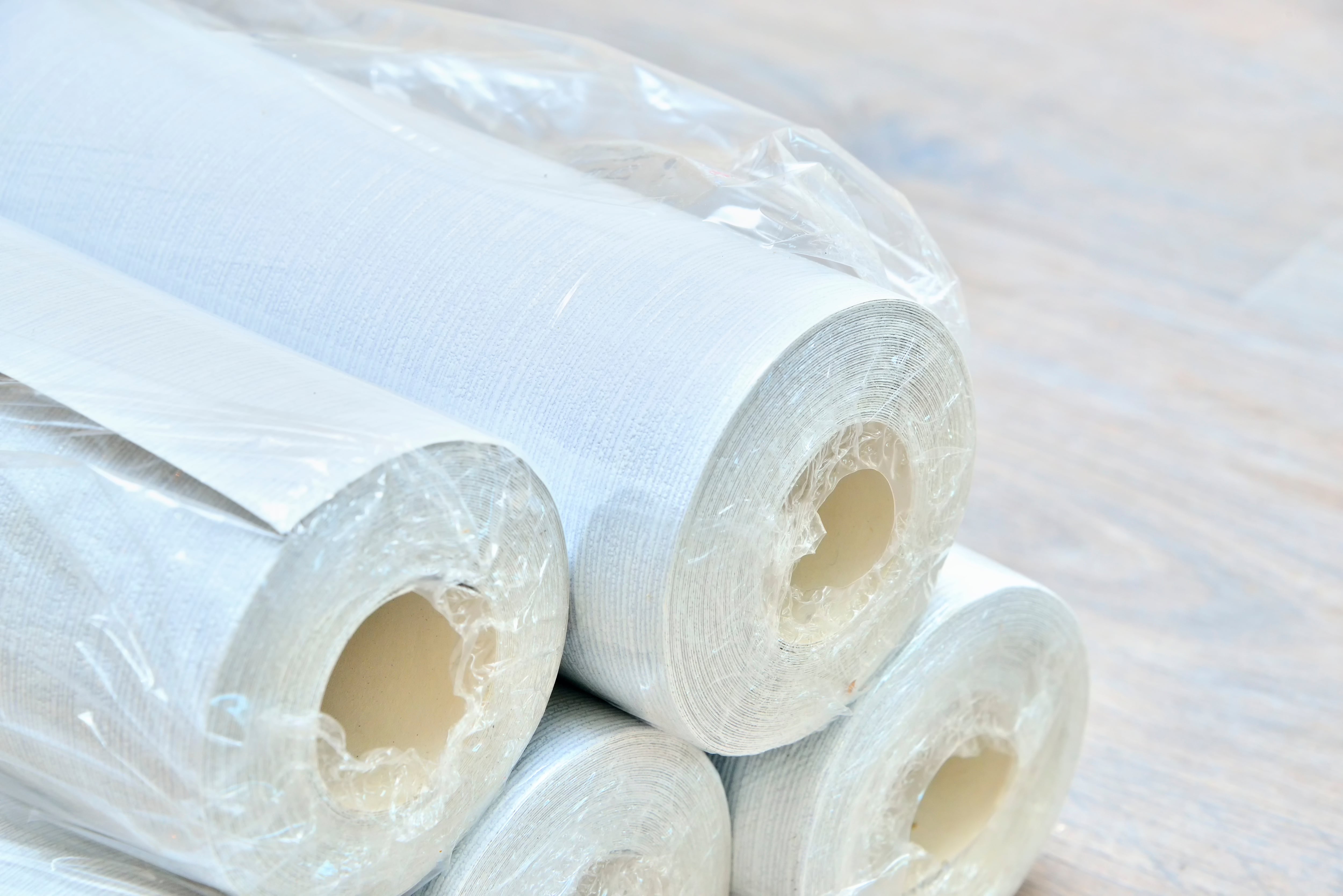
Have a completely customized look by opting for paintable wallpaper for either one large wall or all of the interior walls in a room. Paintable wallpaper is textured, which instantly adds dimension to the room. This is a desirable option for those that want to cover imperfections in the wall, but have a specific paint color in mind. What’s more, this type of wall covering is more durable and easier to clean than other types of wallpaper.
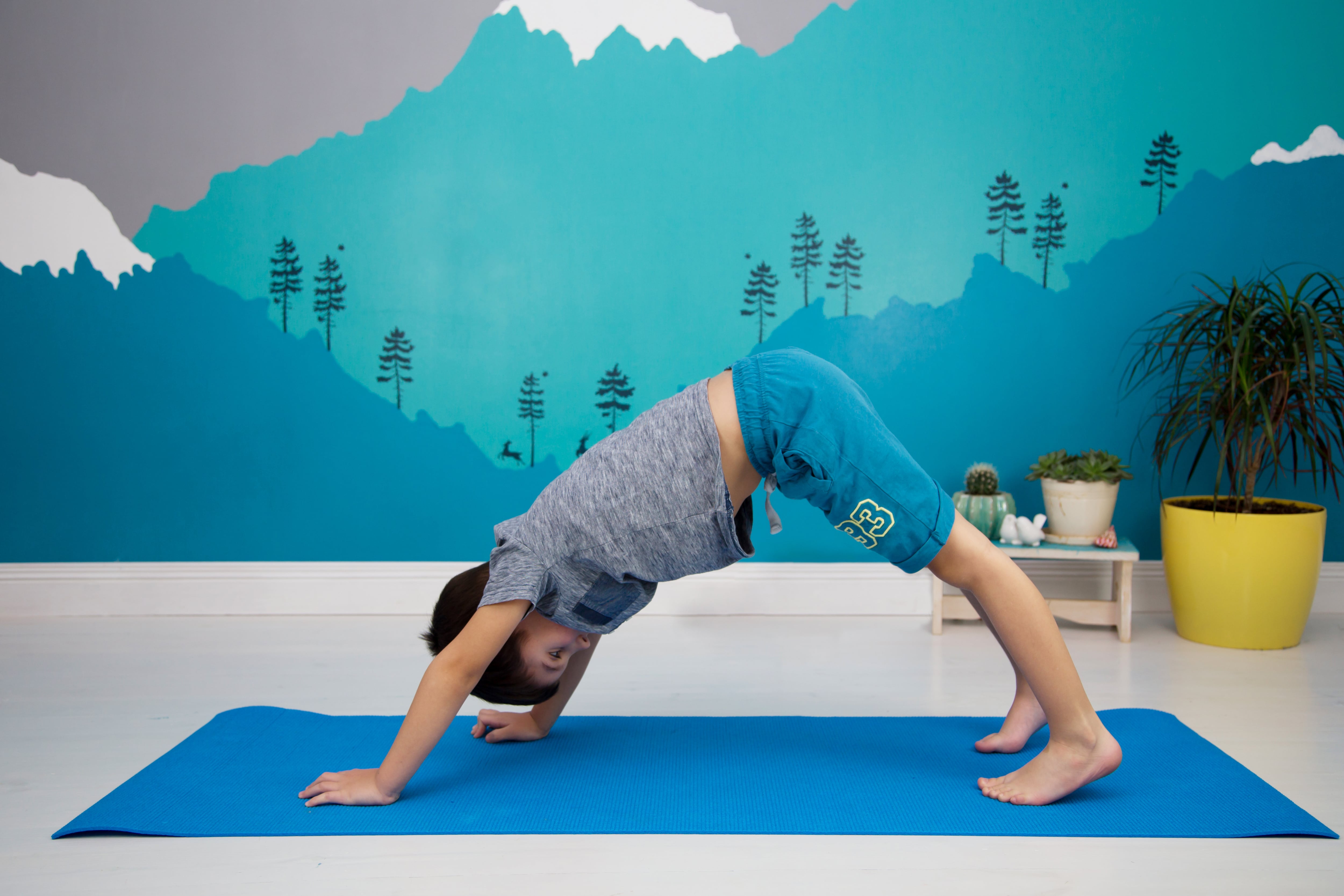
Another wall covering idea that can instantly transform the space is to add a removable wall mural to the wall. Opt for a soft patterned design or muted color to bring a refined accent wall into the space. Or, go bold and transform the room with a bright wall mural or design that can easily be changed when you fancy a new look.

Whether you’re looking to conceal flaws in drywall or add a pattern to your space, wallpaper is a classic wall covering option. This space uses a bold design on one feature wall, while the rest of the interior walls are painted a neutral off-white to add character, without overwhelming the look of the entire room.
From average costs to expert advice, get all the answers you need to get your job done.

Need a little extra room for clothes storage in your home? Learn about the average cost to build a closet, some cost factors to consider, and more.

Discover the cost to design a bathroom, including key price factors, to help you plan your remodel with confidence and avoid budget surprises.

Find out how much it costs to install crown molding by type and size. Use our expert guide to figure out how much crown molding you need, how much crown molding costs near you, and whether you need to hire a pro.

Wondering who to hire to install acoustic ceiling tiles? Learn which pro to call, how installation works, and what to expect. Get confident before you book.
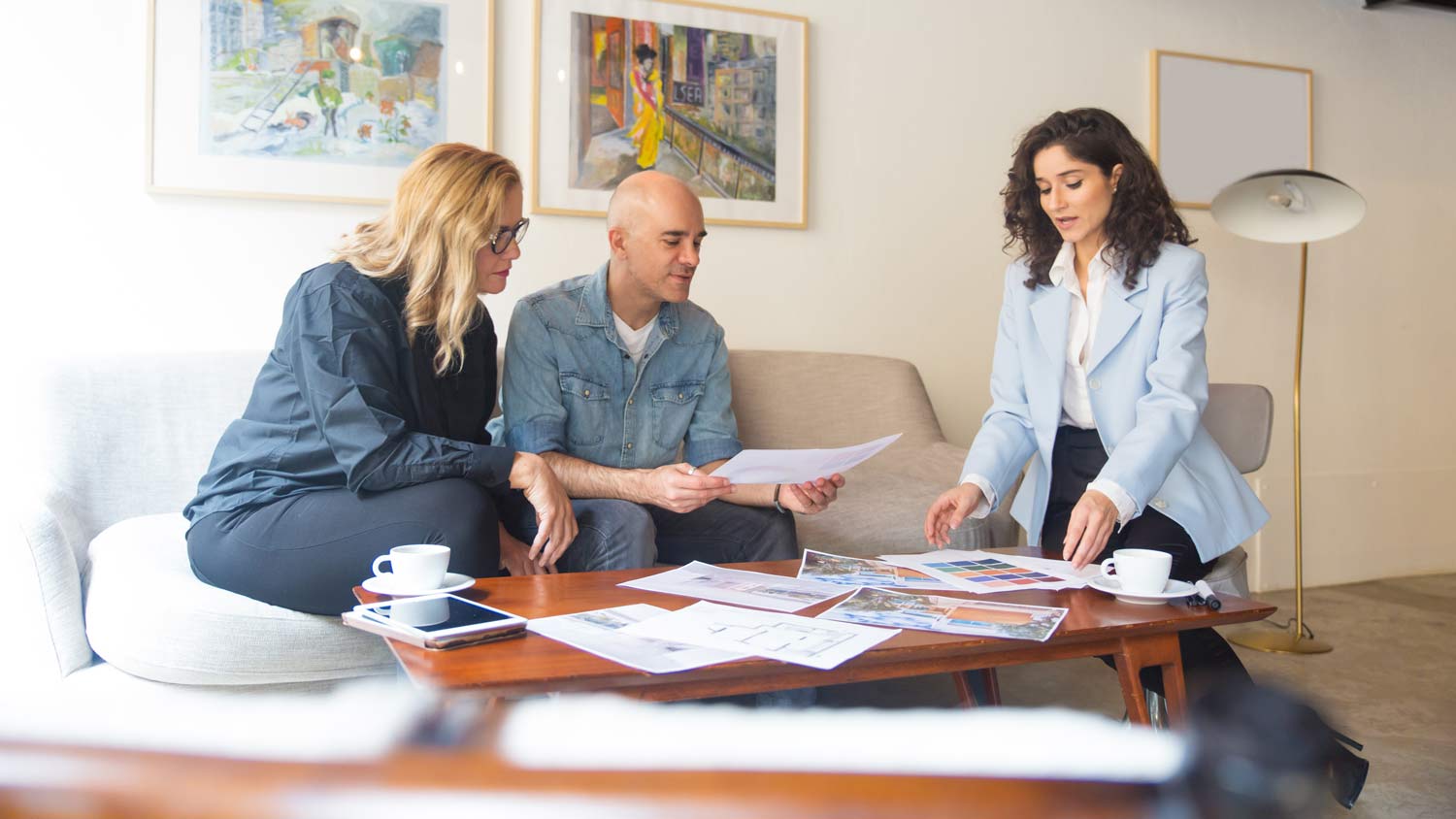
Create a stunning and functional home or remodel with an interior designer. Follow these common interior design questions to prepare for working with a pro.

Discover the cost to furnish a house, including average prices, cost factors, and tips to help homeowners budget for every room.